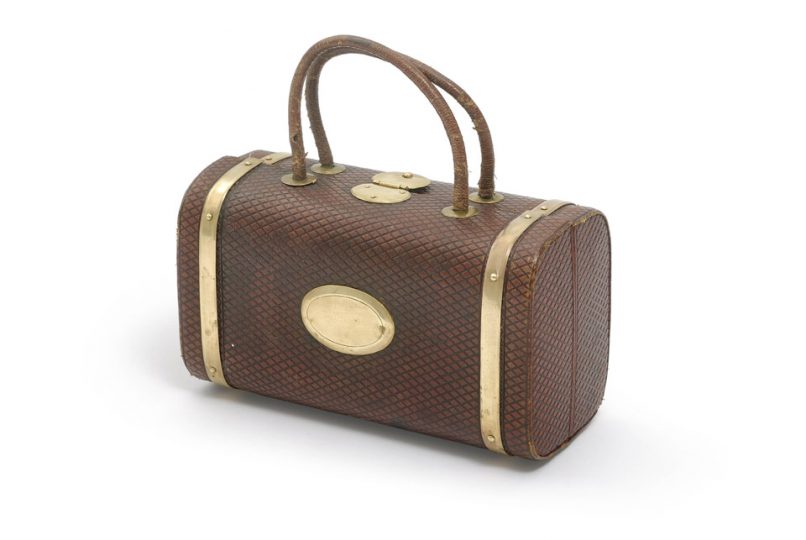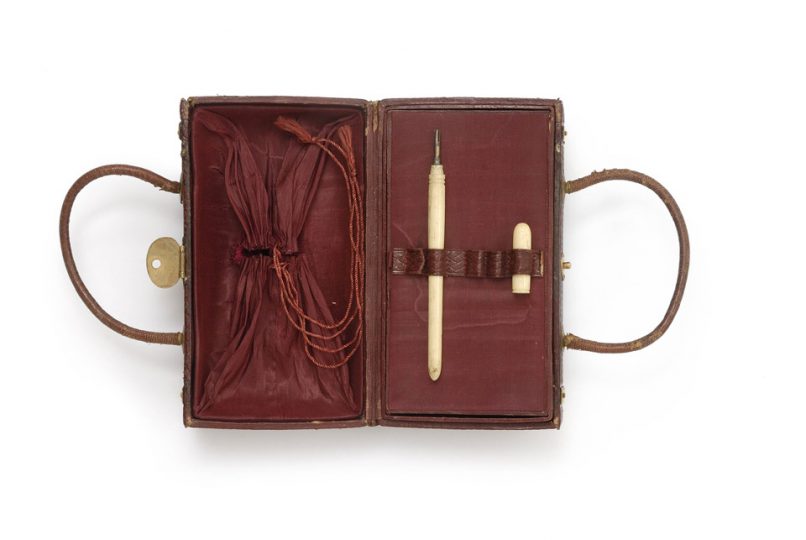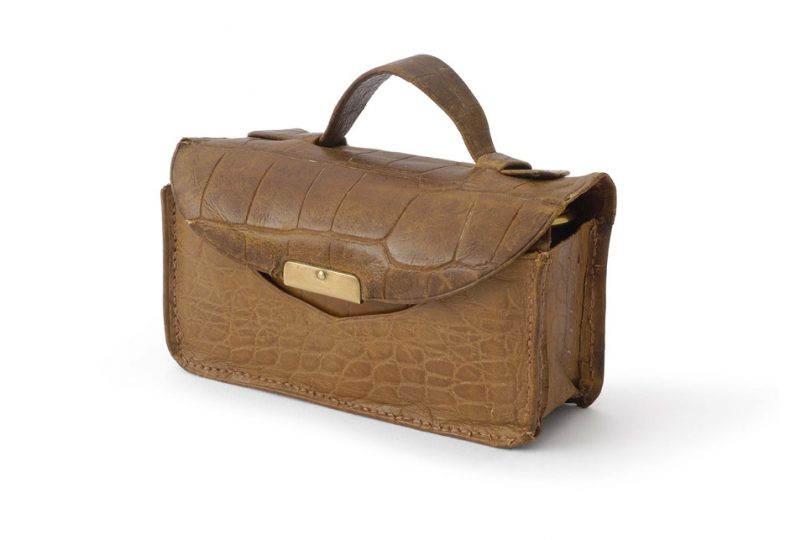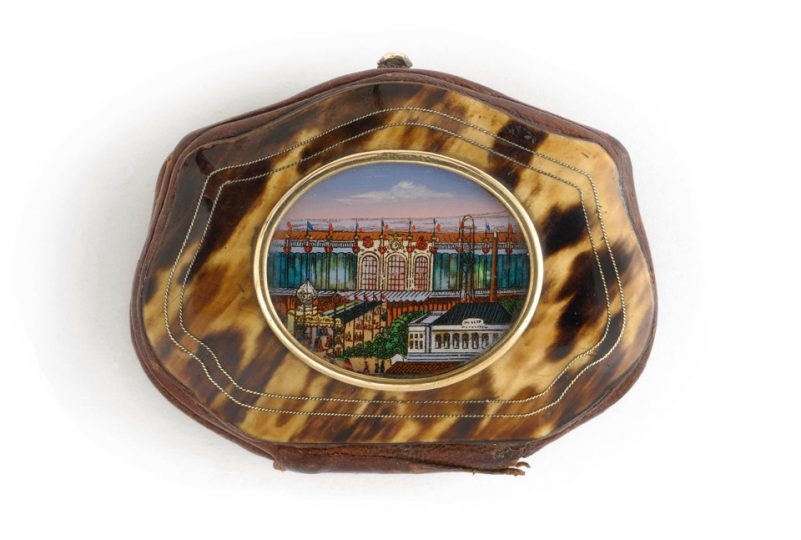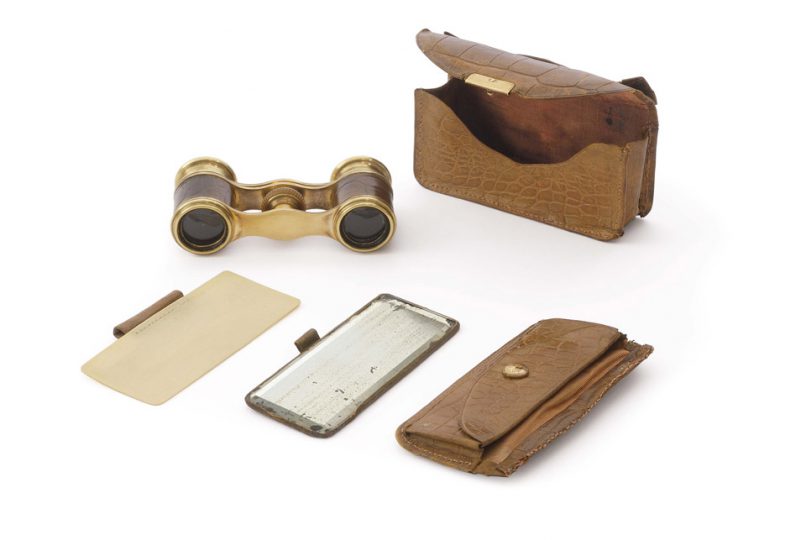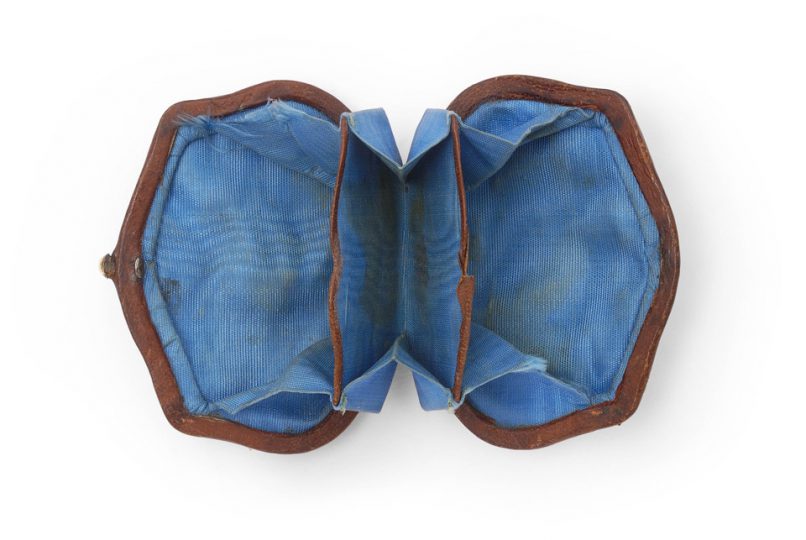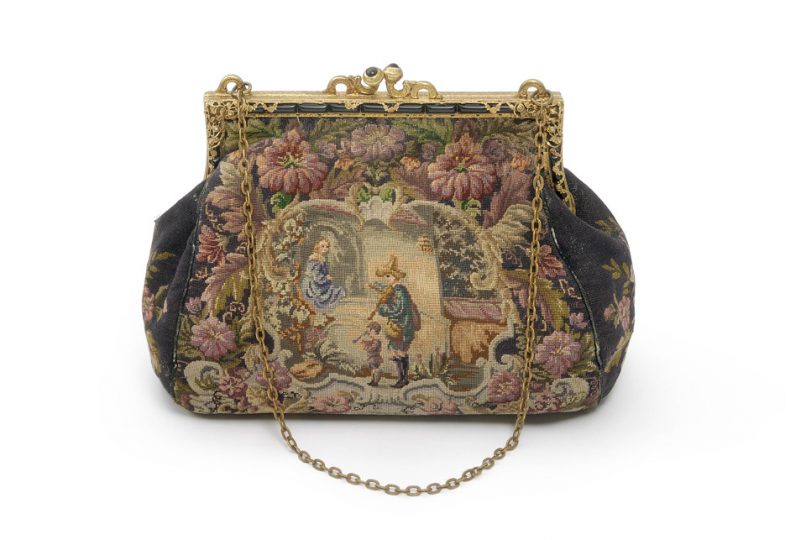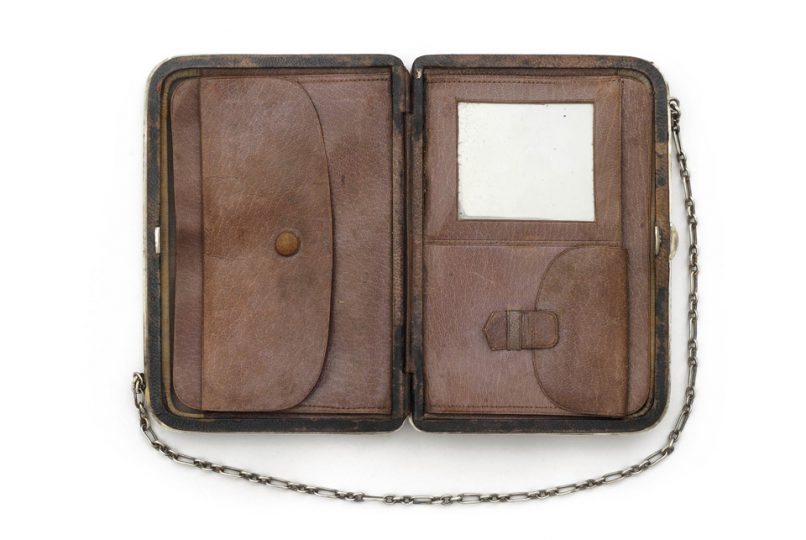Organized by: Pančevo National Museum and the Museum of Applied Art in Belgrade
The emancipation of women in the late 19th and the early 20th centuries left a significant imprint on the development of bags that we use and know today. A more significant participation of women in the business world and their increasing mobility gave rise to bags of large sizes and various types, ranging from business and travel bags, to day-to-day handbags and elegant evening bags.
The content of bags, which has changed over time, is also an important part of their history. Money, make-up and handkerchiefs have continued to be carried in them, whereas handwork accessories have disappeared because women have long ceased to do embroidery when socializing. Over time, new items have become part of their contents: banknotes and coins have been joined by credit cards, make-up sets have gradually increased, while hand-embroidered linen handkerchiefs have been replaced by packs of paper tissues. Various electronic devices, such as mobile phones and tablets, have taken the place previously occupied by handwork accessories, whereas cigarettes, which entered women’s bags in the 1920s as an expression of women’s struggle for freedom and equality, have been expelled from them over the past decade in accordance with the current trend of a healthy lifestyle.
Unlike shoes, which eventually adjust to the feet of the person wearing them, a bag becomes a projection of a personality through the way in which it is used. The bags held in the collections of the Museum of Applied Art in Belgrade date from the period between the second half of the 19th century and present. The bags from the Museum’s holdings were mostly worn in Serbia and within the Balkan region and they were part of the family heritage of their previous owners.
The exhibition Bags (from the 19th and the early 20th centuries from the collection of the Museum of Applied Art in Belgrade), presents thirty-three bags from the holdings of the Museum’s departments of Textile and Costume and Metal and Jewellery. These are bags of various types and purposes from the 19th and the early decades of the 20th century: coin purses, workbags for handwork accessories, handbags, evening bags and theatre purses. The exhibited items reflect the development of bags in Serbia, offering an insight into a variety of materials and manufacturing techniques, such as metal mesh, beads, leather, crochet or embroidery in half cross-stitch (petit point).


